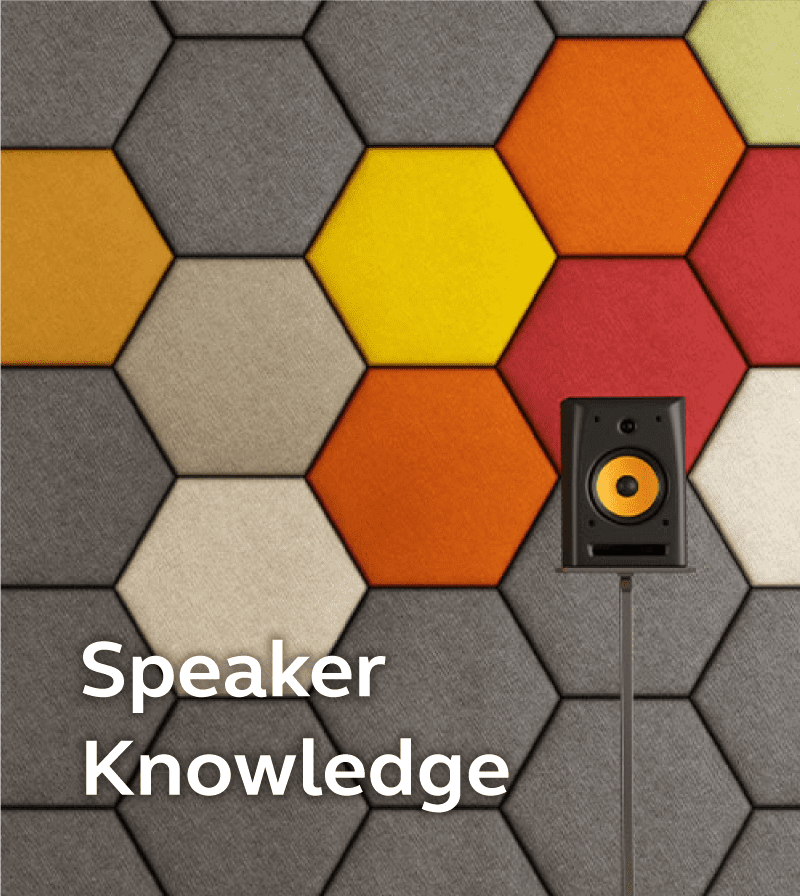
The integration of streaming technology into speaker systems represents an advancement in the audio industry, shaping the future of how businesses and consumers engage with music and other forms of audio content. This article aims to dissect the intricacies of speaker streaming services, catering specifically to the needs and interests of industry professionals. Our goal is to arm professionals with the insights necessary to push the boundaries of audio technology, ensuring seamless audio experiences across a variety of platforms and devices.
Overview of Audio Music Streaming Services Compared

AirPlay 2
Developed by Apple, AirPlay 2 is a streaming protocol that supports not only multi-room and multi-device audio streaming but also ensures smoother playback through improved buffering techniques. Its greatest advantage is its exclusive integration with the Apple ecosystem, utilizing the proprietary Apple Lossless Audio Codec (ALAC) to ensure lossless audio quality.
Spotify Connect
Spotify Connect allows users to link audio from their phones, tablets, or computers to compatible devices like TVs, speakers, and media players using the Spotify app. For seamless switching and real-time playback, these devices need to be on the same Wi-Fi network, enabling users to choose their music output device freely, thus enhancing flexibility. Although Spotify’s audio quality may not match that of specialized services, its extensive music catalog and powerful platform algorithms provide strong personalized smart recommendations, making it particularly attractive to users seeking new audio content and tailored experiences.
Roon Ready
Roon Ready certification is awarded to audio devices that meet Roon Labs’ standards for streaming. The Roon software acts as a digital audio library for audio collection, providing extensive metadata and linking various devices within the network for a unified, high-resolution streaming experience. Roon Ready devices are optimized for transparent signal transmission to ensure bit-perfect audio playback.
Airable (Tidal/Radio)
Airable offers access to a wide range of internet radio stations and podcasts, along with integration into high-fidelity streaming services such as Tidal. Designed for audio enthusiasts and professionals, Airable’s platform caters to those who seek quality and variety in streaming content. It simplifies the discovery of high-quality audio streams and is often integrated into high-end audio devices, emphasizing the platform’s commitment to audio quality and content diversity.
Music Streaming Platforms Technical Requirements
Network Services
Network services are the backbone of speaker streaming services, ensuring devices can communicate and stream audio content efficiently across networks. Two critical services in this domain are DNS and Bonjour.
DNS (Domain Name System)
DNS is a hierarchical and decentralized naming system for computers, services, or other resources connected to the Internet or a private network. It translates easily memorized domain names into the numerical IP addresses required for locating and identifying computer services and devices through the underlying network protocols. This process is essential for accessing vast libraries of online music and other audio content, making DNS a foundational element of streaming services.
Bonjour
Bonjour, or zero-configuration networking, automates the discovery of devices and services on a local network through industry-standard IP protocols. This technology simplifies network device connections by eliminating the need for manual setup. It is integral to services like AirPlay, allowing devices to discover streaming capabilities and services seamlessly across multiple devices.
Interfaces
The user interface is a crucial component of streaming services. Interfaces for speaker streaming technology typically include mobile applications for Android and iOS, as well as web interfaces.
Mobile Apps (Android/iOS)
Mobile applications for Android and iOS are the most common interfaces used for controlling speaker streaming technologies. Developing these apps necessitates a thorough understanding of each operating system’s native development platforms (Android Studio for Android and Xcode for iOS), along with the APIs provided by streaming services for integration.
Web (HTML/CSS)
Web interfaces provide a universal platform for speaker streaming technologies through browsers on various devices, including computers, tablets, and smartphones. Built with HTML and CSS, these web interfaces enable users to access and control their streaming services without the need for installing applications. Web interfaces offer advantages for configuring settings and performing firmware updates.
Wireless Connectivity
Wireless connectivity provides the flexibility to enjoy music without the constraints of physical cables. The primary technologies used in this domain are WiFi, Bluetooth Classic, and Bluetooth Low Energy (BLE), each with its own unique advantages and use cases.
WiFi
WiFi is often a key technology for streaming high-quality audio without significant loss of data. It allows for higher data rates compared to Bluetooth. For speaker streaming, WiFi’s robust bandwidth and range make it a preferred choice for ensuring smooth, uninterrupted audio playback.
Bluetooth Classic and Bluetooth Low Energy (BLE)
Bluetooth Classic is widely used for direct, point-to-point audio streaming from a device to a speaker. While it typically offers a shorter range and lower data throughput compared to WiFi, Bluetooth Classic remains popular due to its universal compatibility with smartphones, tablets, and other devices, making it straightforward for users to connect nearby speakers.
BLE, a subset of Bluetooth technology, is designed for low power consumption and is primarily used for device pairing and initial setup processes rather than for streaming audio content itself. Often used in smart speakers for initial configuration and for communicating control commands from mobile apps or voice assistants.
System Architecture
With the foundation covered, we now delve into the system architecture and implementation details that bring these capabilities together cohesively.
Embedded Linux System
Embedded Linux offers a customizable and efficient operating environment that is well-suited for managing the complex operations of streaming devices, from handling audio processing to networking. It’s built on the Linux kernel, which has been optimized for embedded devices by stripping down unnecessary components to reduce the system’s footprint and enhance performance. Moreover, the Linux ecosystem provides a rich set of tools and libraries specifically designed for multimedia handling (such as GStreamer), network communication, and system management, which are essential for building advanced streaming products.
Client/Server Model
MQTT (Message Queuing Telemetry Transport)
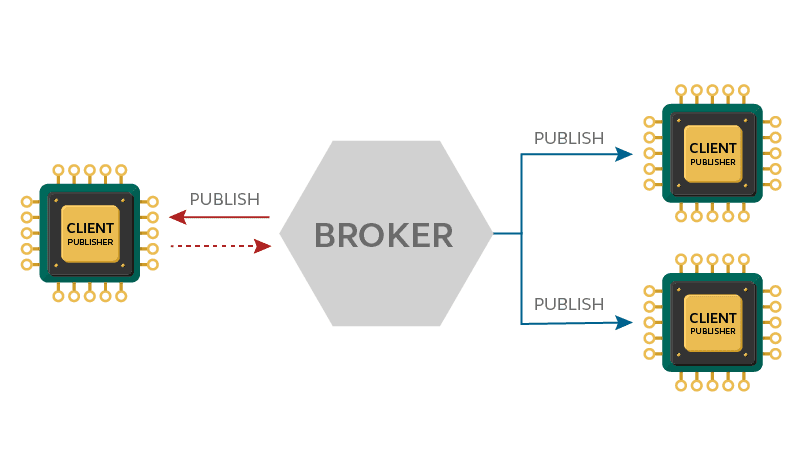
MQTT is a lightweight messaging protocol designed for low-bandwidth, high-latency, or unreliable networks. Its primary purpose is to enable devices to exchange small data packets efficiently, with control message overheads as low as 2 bytes. This minimizes network bandwidth and power consumption. The protocol operates on a publish/subscribe model: publishers send messages under specific topics, and subscribers receive them by subscribing to those topics. A broker mediates the communication, forwarding incoming messages to all subscribers of the relevant topic. This mechanism allows devices to receive real-time updates without continuous polling, significantly reducing network traffic and energy use.
Socket Server
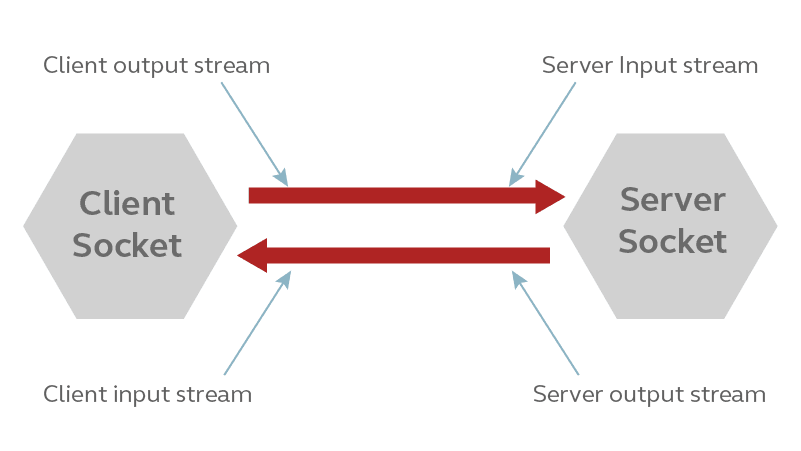
A socket server facilitates direct, bidirectional communication between a client and a server over a network. Unlike MQTT, which abstracts communication to a broker model, socket servers allow for a more traditional request/response or continuous data stream model, making them suitable for scenarios where real-time interaction or streaming of large data packets is required. In the context of speaker streaming technologies, a socket server could manage real-time audio data transmission, ensuring low-latency and synchronous playback across devices.
Media Playback
ALSA (Advanced Linux Sound Architecture)
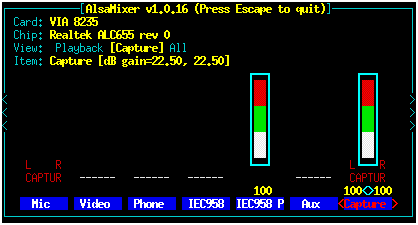
ALSA serves as the kernel level core of the Linux sound subsystem. It provides a direct line to the device’s sound hardware, enabling low-level control over audio input and output functionalities. It also supports a wide array of audio codecs and formats, allowing for versatile playback capabilities across different types of audio content. For developers, ALSA offers a comprehensive API that facilitates detailed manipulation of sound parameters, essential for creating customized audio experiences in speaker systems.
GStreamer

GStreamer is a powerful multimedia framework, providing tools for constructing graphs of media-handling components. At its core, GStreamer structures its operations around the concept of pipelines, which are composed of various elements connected by pads. These elements range from simple data processors like decoders to complex mixers or filters.
Each element communicates with others through designated pads – source pads for output and sink pads for input. This structure allows for a highly modular approach to building media processing pipelines, enabling developers to piece together elements like building blocks to create a customized audio processing path. For instance, playing an MP3 file involves a pipeline where the MP3 data is read, decoded into PCM format, and finally passed through to the ALSA system for playback.
Hardware Interfaces
GPIO
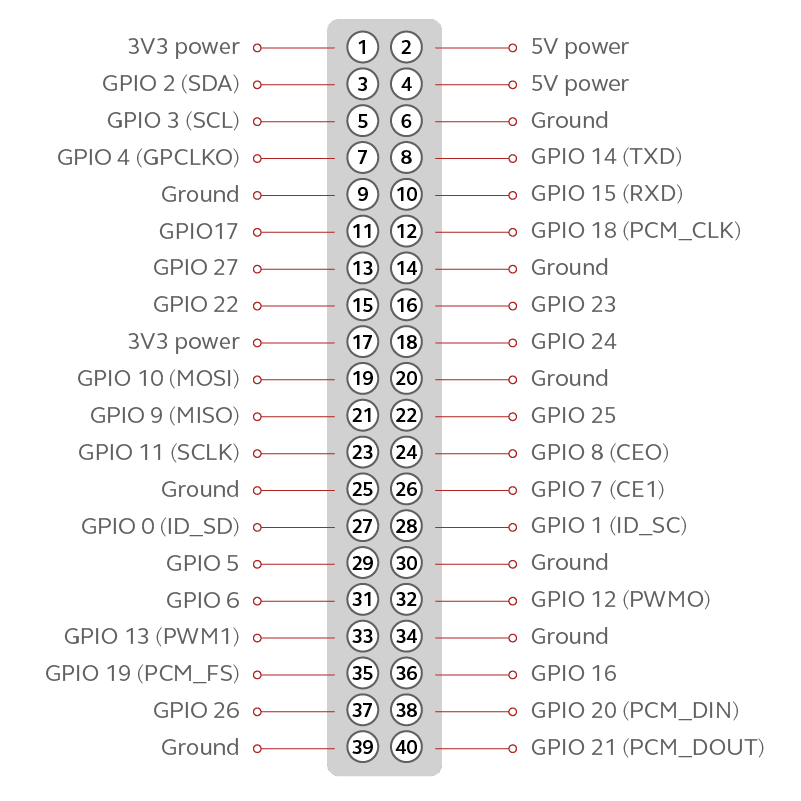
GPIO pins on devices like microcontrollers serve as the interface between the digital domain of the device and the outside world. Configurable as input, output, or special function modes, these pins respond to control registers that dictate their behavior. When set as inputs, GPIO pins monitor voltage levels, allowing the device to react to external stimuli. As outputs, they send out voltage signals, like controlling a switch on or off to control LEDs or other circuitry. Special function modes are engaged through alternate function registers, transforming pins for use with integrated peripherals, supporting complex tasks without taxing the processor. The essence of using GPIO lies in the detailed control it affords, allowing for a broad range of applications, from simple LED indicators to intricate serial communication, pivotal in the development of sophisticated electronic systems and smart technology.
I2C
I2C is a serial communication protocol used to connect low-speed devices like sensors, EEPROMs, and other microcontrollers within a streaming device. It’s particularly useful for reading data from sensors (e.g., temperature or proximity) that might adjust the device’s operation or for controlling OLED/LCD displays that provide user feedback. I2C’s ability to connect multiple devices over a single bus makes it efficient and cost-effective for complex communication needs within streaming technology.
UART

UART interface facilitates serial communication between the streaming device and external modules or computers. It’s essential for debugging purposes, firmware updates, or integrating additional modules that extend the device’s capabilities, such as adding Wi-Fi or Bluetooth functionality if not natively supported. UART’s straightforward communication model is invaluable for transmitting data over long distances, making it a key component in device setup and maintenance processes.
Our Experience in Implementing Music Streaming Technologies
Jazz Hipster has navigated the complexities of integrating advanced streaming technologies into their speaker products, each requiring a unique blend of technical resources to achieve optimal functionality and user experience.
To implement AirPlay 2 functionality on speaker products, the following resources will need to be integrated:
– WiFi, DNS, Bonjour services, Socket server, Web, ALSA, HW Interfaces
To implement Spotify Connect functionality on speaker products, the following resources will need to be integrated:
– WiFi, Socket server, ALSA, HW Interfaces
To implement Roon Ready functionality on the speaker products, the following resources will need to be integrated:
– WiFi, Socket server, ALSA, HW Interfaces
To implement Airable functionality on speaker products, the following resources will need to be integrated:
– WiFi, App, Web, MQTT, Socket server, ALSA, Gstreamer, HW Interfaces
References
- [1] RFC 6762 – Multicast DNS – https://datatracker.ietf.org/doc/html/rfc6762
- [2] RFC 6763 – DNS-Based Service Discovery – https://datatracker.ietf.org/doc/html/rfc6763
- [3] AlsaProject – https://www.alsa-project.org/wiki/Main_Page
- [4] GStreamer: open source multimedia framework – https://gstreamer.freedesktop.org/


